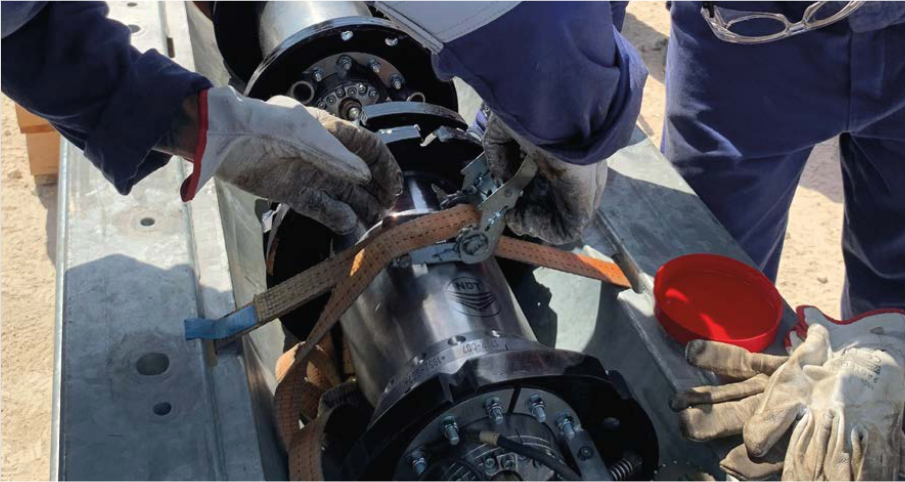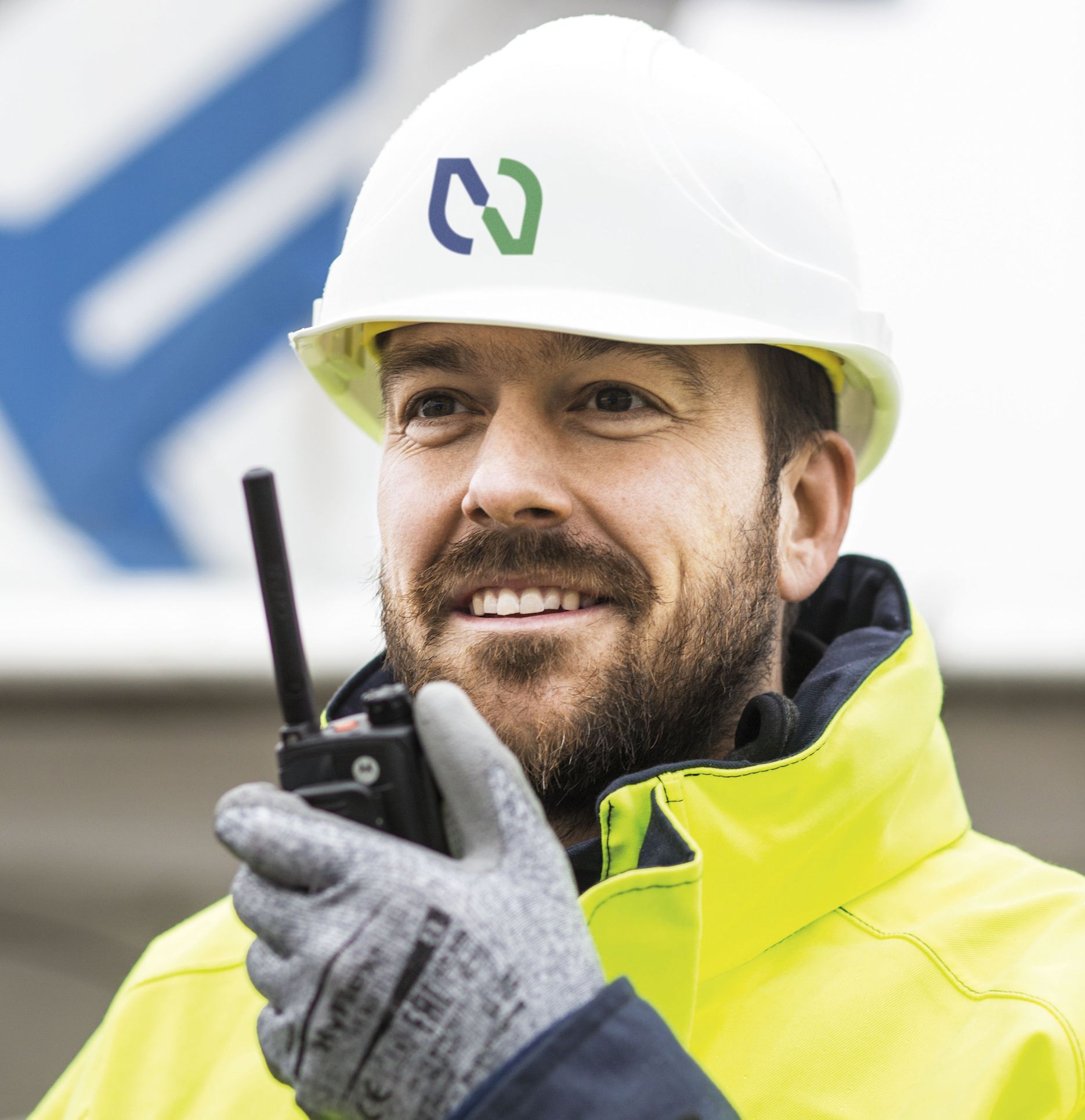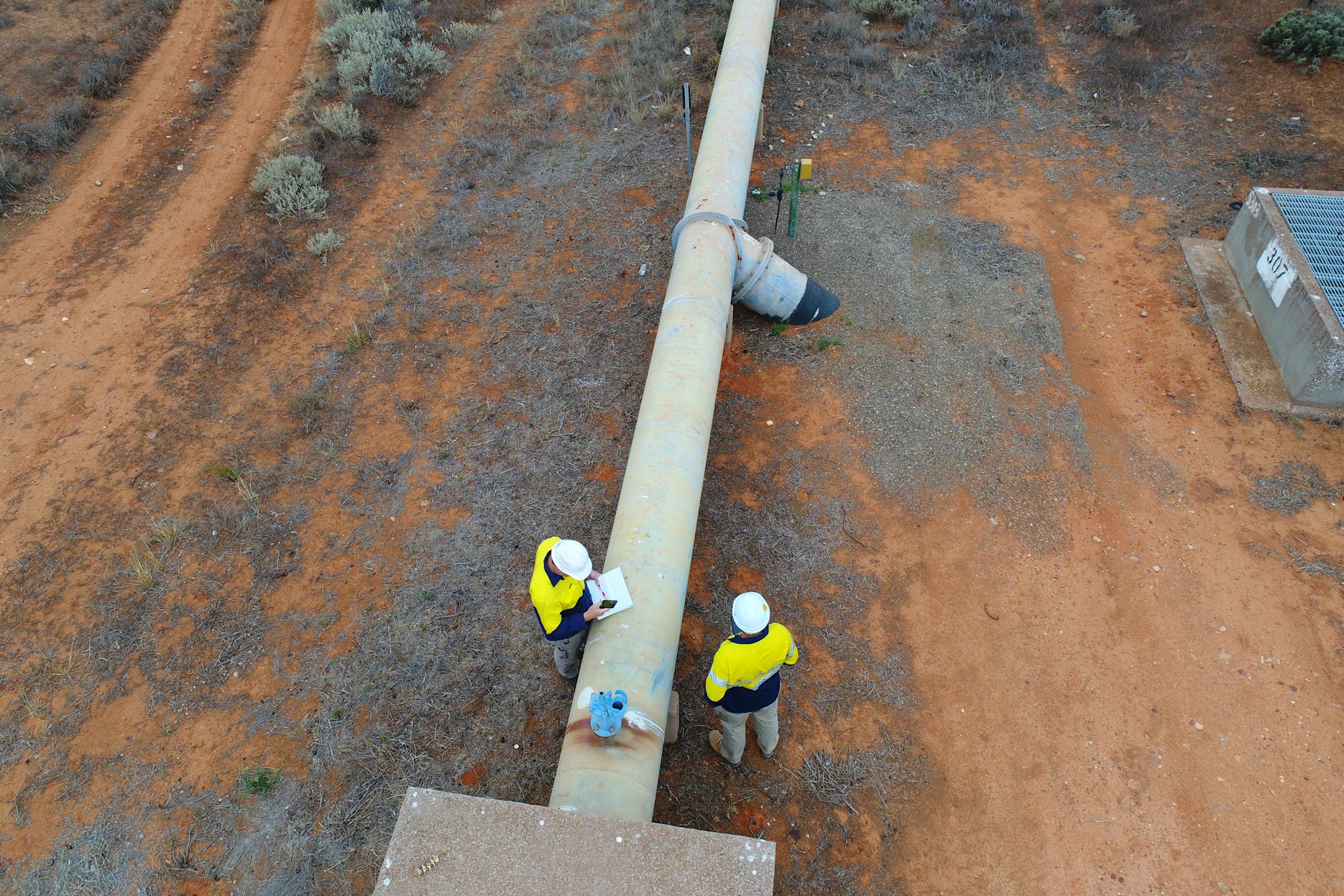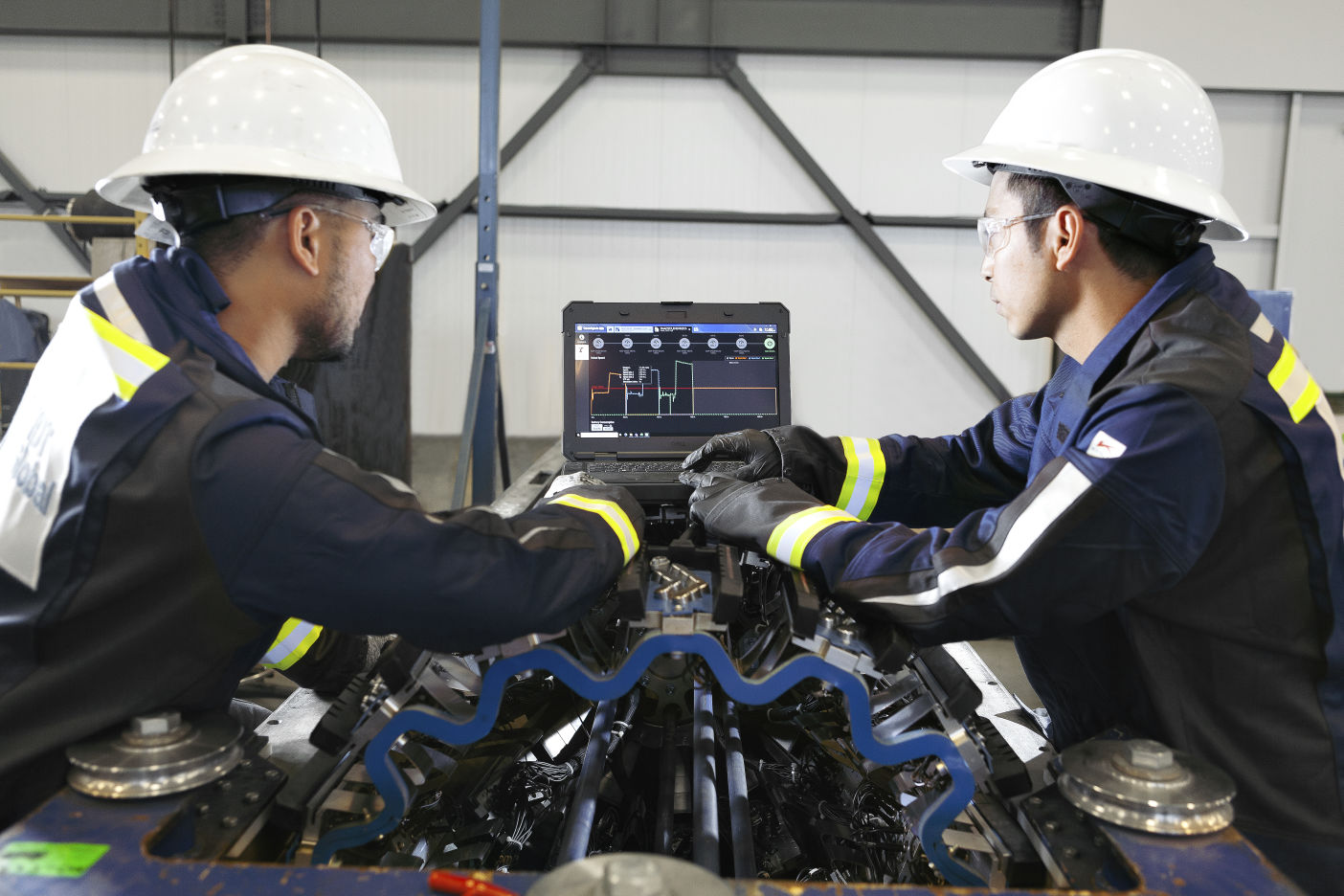A European refinery operates a multi-size (8"-10") hydrogen pipeline, in service since 1956. Made of seamless line pipe, this line has girth weld defects attributable to poor welding techniques of the time.
The aim of this inspection was to validate previous ILI inspections and provide enhanced accuracy of the true condition of this pipeline using high-resolution ultrasonic technology. This inspection focused on an API 5L B steel grade pipeline with a nominal wall thickness of 8.74 to 9.27 mm (0.34 to 0.36 in).
A previous hydrotest and high-resolution magnetic flux leakage (MFL) inspection, reported several girth weld anomalies, such as lack of penetration or incomplete welding. However, a 60 mm (2.4 in) open circumferential crack associated with the weld was only discovered following an excavation which was found and repaired.
Previously excavated girth welds revealed no crack, but other typical welding defects however, the Operator wanted to rule out the presence of any circumferential-oriented cracks in the girth weld or HAZ areas for the entire pipeline.
The remaining two pipeline sections needed to be inspected as well, due to the same metallurgic origin and service parameters.
The operator requested full data on the locations and dimensions of any circumferential open crack or initial crack in an expedited timeline.





